Explore the 10 best female detective books in English literature that will have you lose your good night’s sleep over cruel, tricky, murderous plots
Most young girls who grew up reading Famous Five wanted to be George. That’s not to disparage poor Anne at all. She often suffered the brunt of our uncharitable thoughts. George was adventurous and obstinate, willing to throw herself into the worst dangers. She promised independence and purpose. The protagonists of the books recommended below have little in common with George (or with each other, for that matter). They’re not teenagers, for one. They are detectives, civil servants, wizards, know-it-lls. But they all share that same headstrong logic that captivated so many of us. These stories contain everything, from complex multiversal murder mysteries to character-driven capers. And sometimes, the truth that is revealed is a thing of the heart. Here are 10 best female detective books for you to consider.
- Gaudy Night by Dorothy L. Sayers (1935)
- A Murder is Announced by Agatha Christie (1950)
- The Gone World by Tom Sweterlitsch (2018)
- The Likeness by Tana French (2008)
- Maskerade by Terry Pratchett (1995)
- Something Rotten by Jaspar Fforde (2004)
- Claire DeWitt and the City of the Dead by Sara Grann (2011)
- The No. 1 Ladies Detective Agency by Alexander McCall Smith (1998)
- Bleeding Edge by Thomas Pynchon (2013)
- Hard Time by Sara Paretsky (1999)
Gaudy Night by Dorothy L. Sayers (1935)
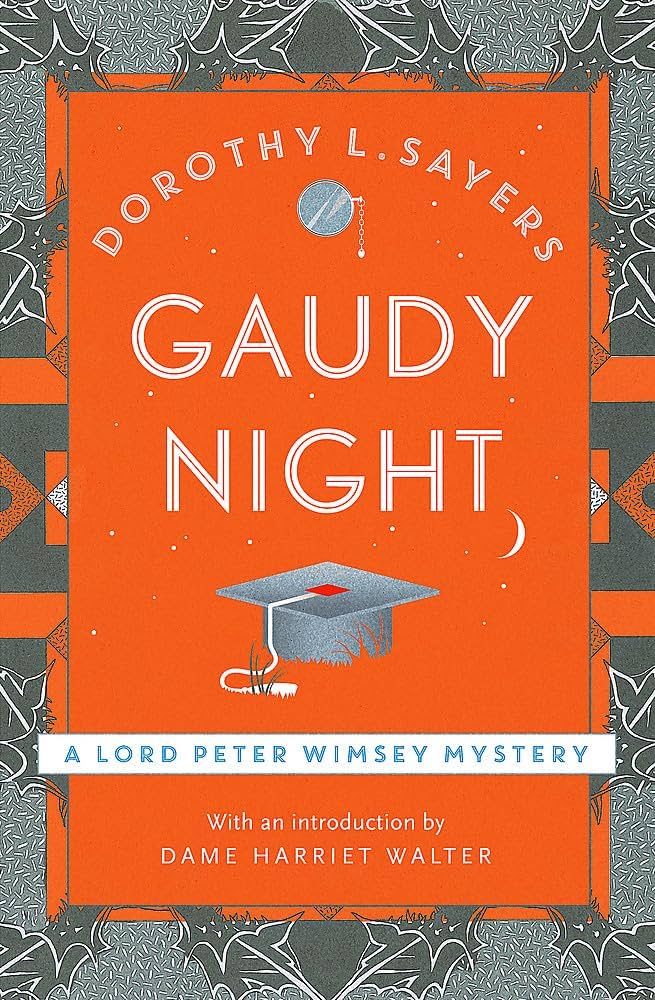
The 12th novel in the Dorothy L. Sayers’ Peter Wimsey series (although I would hesitate to call this particular book a Peter Wimsey novel) is widely considered her best work. Harriet Vane, brainiac extraordinaire, is an Oxford graduate. In real life, Dorothy Sayers was one of the first women to be awarded a degree from Oxford. Harriet is invited back to her alma mater, Shrewsbury College, to attend their reunion dinner, Gaudy, and to help solve a spate of poison pen mysteries, offensive drawings and ominous notes terrorising the deans, dons and students.
Instead of a straightforward mystery and investigation of motives and opportune moments, Sayers chooses to focus on the underlying socioeconomic and psychological repercussions of the letters. The malicious mystery is compelling not just because of how well-plotted it is but rather for what it reveals about the precarious and complicated situation of women in academia. As Harriet begins her laborious process of eliminating and narrowing down a list of suspects, she revisits her old haunts and hopes, seeing them in new lights. It’s not a quick, cosy read but extensively and rigorously intellectual. It’s not the pithy pseudo-intellectualism that is rife in dark academia either. Shrewsbury is filled with women who are savage and sincere, capable equally of hurting or comforting. They face daily the shame and freedom that accompanies emancipatory politics. Shrewsbury is an intellectual harbour, but their academic success and achievement, in turn, become a barrier to the social. In Gaudy Night, there is a good puzzle to solve, but even greater discoveries are to be made about the heart.
A Murder is Announced by Agatha Christie (1950)
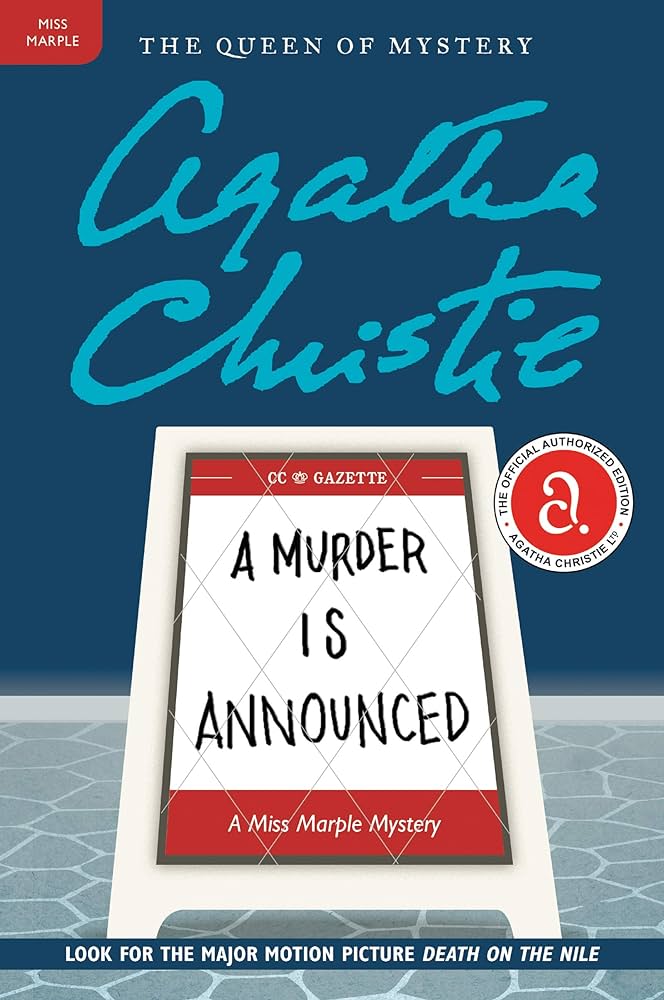
Jane Marple and the residents of Chipping Cleghorn Village come across a rather curious advertisement in the local gazette. Listed in the newspaper is a notice announcing a murder, with all the details–time, date and venue–helpfully provided by the would-be killer. As Friday, October 29th draws nearer, the villagers wonder if it is a harmless prank or a legitimate threat. Nevertheless, driven by macabre curiosity, they gather at Little Paddocks at 6.30 p.m., the supposed scene of the crime.
A staple of crime fiction since its publication, A Murder is Announced, is Christie at her best. Unlike some subplot-heavy, character-focused recommendations on this list, A Murder is Announced is a straightforward murder mystery: a concise investigation of a complicated case, a room with only a handful of suspects, plenty of red herrings to lead even the canniest readers astray until they give up trying to guess the culprit, and of course, a damn satisfying conclusion. Miss Marple remains almost frustratingly on the sidelines until the confounded police inspector asks for her assistance. The murder takes an equally long time to happen, leaving the reader tense with the urgency of the situation, as if watching time run out, with nothing to do except wait for the unavoidable. The character work, too, is some of Christie’s best. She weaves a rich tapestry of characters, with all their faults and follies coming to light mercilessly but humorously under her prose. Everyone has equal opportunity and motive to commit murder. There’s real insight to be had about the residents of this small English village. Hardly three hundred pages long and not an extra word in sight, there is enormous depth in the gossip and oratory of every character.
Also Read: Top 5 Ingenious Murder Weapons in Christie’s Novels
The Gone World by Tom Sweterlitsch (2018)
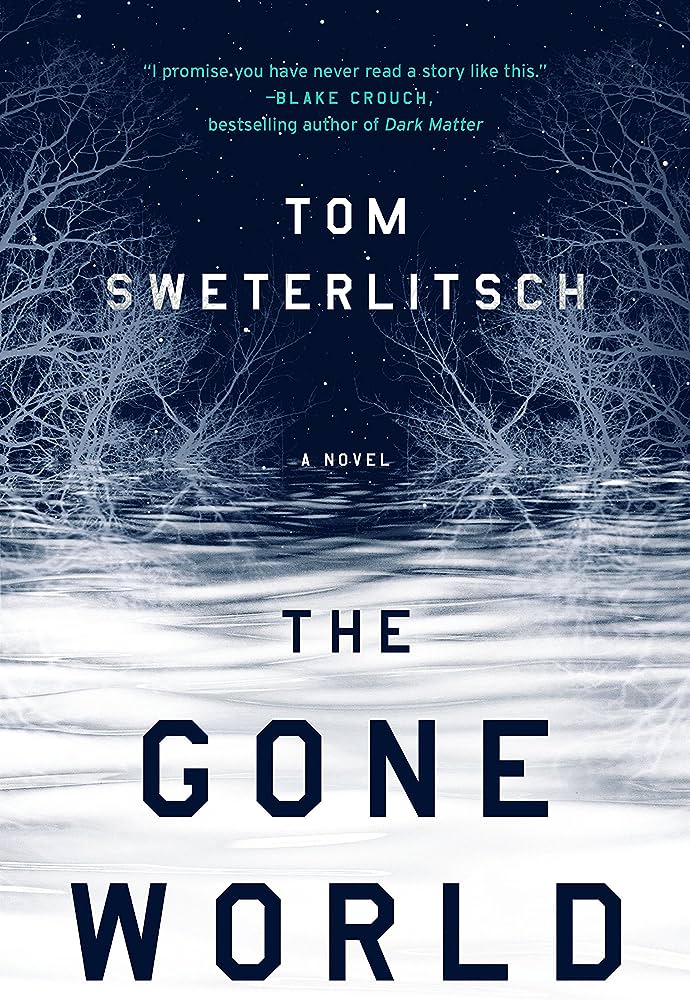
In Tom Sweterlitsch’s nightmarish world of the future, Sharon Moss is a detective with the Naval Crimes Investigative Service. She is assigned to solve the murder of a family and locate their missing daughter. There are many possible murderers and infinite motives – all made more complicated by the technological advancements, which have made time travel and deep space travel possible. This excellent crime thriller follows Moss as she hops through time and space to meet informants and find evidence in different branches of possible realities. The stakes are extremely high for Moss and the universe: the end times of humanity, a cataclysmic event called Terminus, is drawing closer at terrifying speed. With its approach, hope drains out, and horror grows.
Marrying many genre lineages with great success, the book moves at full throttle right from page one. Sweterlitsch mixes clandestine investigative agencies, multiversal travel and cosmic terror. There are spot-on and truly alien ideas about reality-bending time travel, which sometimes veers into graphic physical and psychological horror. The mysteries pile up, and at the centre of it all, Shannon Moss has to walk a tightrope with the fate of the universe hanging in balance. The Gone World is a hard-hitting detective fiction and horror story all packed into 400 gloriously bleak pages. After all, the sum total of human civilization amounts to little more than a speck when held up against the vastness of the stars.
The Likeness by Tana French (2008)
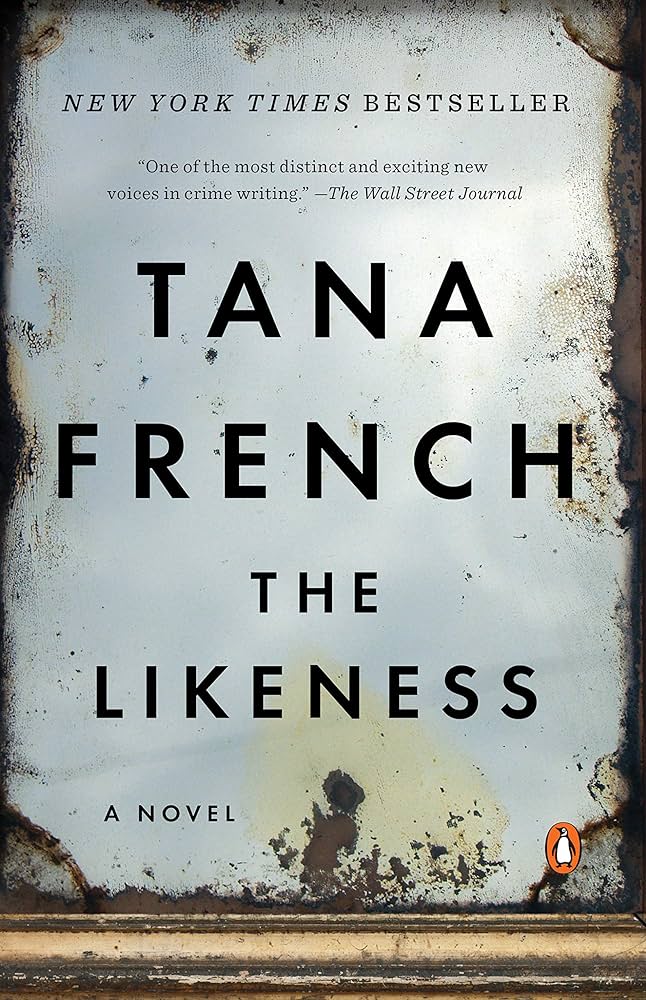
The Likeness is the second entry in Tana French’s Dublin Murder Squad series. Marrying a police procedural with a Gothic thriller, The Likeness unfolds as a completely bananas case. The central concept is an inexplicable murder mystery–a woman has been found dead. So far, so good, except the victim is the doppelgänger of protagonist Cassie Madox and was living under an alias Cassie used in her previous undercover detective work. As the victim lived with four other people, the list of suspects is quite short, and Cassie decides to impersonate her, inserting herself into the household to find the killer.
A modern whodunnit, The Likeness is replete with strange, uncanny happenings. Tana French writes with a flowery eloquence, unlike the colloquial quips of most detective stories. Her prose reflects the specific peculiarities of Irish English, its slang and idioms. It’s a slow-burn mystery, with secretive and borderline unreliable characters whose history and desires remain unvoiced but simmer underneath. It’s much less grounded than other works; the minutiae of everyday activities and bizarre rituals depicted by the French contribute to the book’s almost supernatural nature atmosphere.
Maskerade by Terry Pratchett (1995)

Maskerade is Terry Pratchett’s parody of and homage to the Phantom of the Opera, murder mysteries and operatic traditions. Pratchett’s satires are generally weaker than his original plots, often substituting his biting wit for cheap laughs and references. Not so here. Opera is already ridiculous (that it is great art capable of moving the soul is another thing and entirely separate from its inherent ridiculousness), which means there isn’t much space for a “it ain’t over till the fat lady sings” joke. The 18th book in the Discworld series begins with Agnes Nitt, a potential trainee witch, who runs away from her little village to join the opera at Ankh-Morpork. Witches come in threes, and with a recently vacated position in their trio, Granny Weatherwax and Nanny Ogg must persuade Agnes to join their coven as the third witch. At the opera house, nothing seems to be going right. The opera house ghost – who has long since haunted its attics – has recently started causing “incidents”–random murders staged as accidents. Thus, it falls on Granny Weatherwax and Nanny Ogg to uncover the truth behind the killings.
One of the least discussed Discworld books, this is Pratchett at his most relaxed. Without the usual multiple narratives, the action is constrained almost to one single setting. A classic mystery in the vein of Clue, Maskerade is written with rapier wit and manic energy and has some of the blackest humour to ever accompany the discovery of a fresh murder. As always, the fun surface hides deeper observations. Its melodrama rivals Victorian sensational novels. The plot barrels forward, and the identity of the murderer remains just tantalisingly within reach. Liberally borrowing from Shakespeare, Pratchett spins it into glorious farce. In Maskerade, style and substance abound. This is the perfect book for readers looking for a classic page-turner and an unabashedly good time.
Something Rotten by Jaspar Fforde (2004)
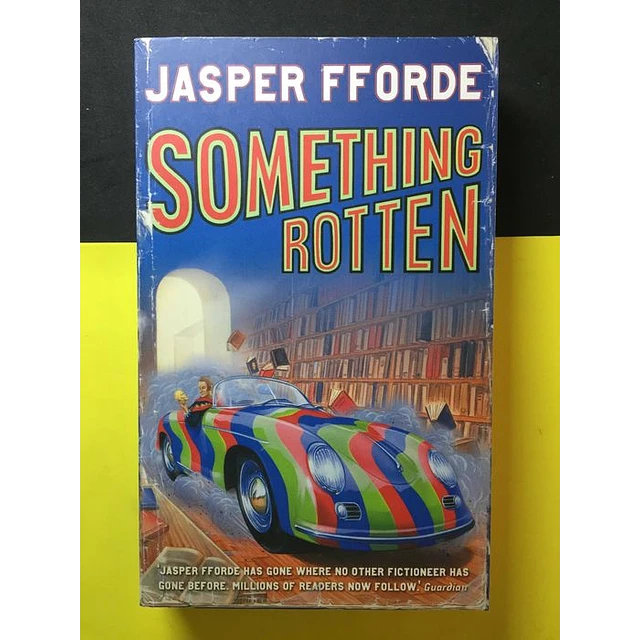
An irreverently witty British sci-fi and fantasy series filled with inside jokes for book lovers, the Thursday Next series is a clever mish-mash of genres. The main character, the titular Thursday Next, is a member of SO-27, the Literary Detectives or LiteraTecs. In this alternate reality, fictional characters have lives outside the narrative of the books they belong to. Fforde is a master plotter, and his concept is thoroughly unique but so perfect it’s a wonder why nobody has thought of it before. The books are interwoven with references from classic literature.
The plot of Something Rotten is set in 1980s England, and Thursday is responsible for the care of her young son, two dodos, and Hamlet, the prince of Denmark. Hamlet wants to visit the real world, see the sights and find out what people think of him. His excursion from the Bookworld into the Outland has a major fallout: the living genres of Shakespearean tragedy and comedy merge and result in a monstrously dysfunctional offspring that is neither funny nor cathartic. On top of that, Hamlet’s excursion is interrupted by a dictator’s attempted coup, a vitriolic anti-Danish campaign and a newborn corporate religion. In short, Thursday has her hands full, trying to prevent armageddon, smuggle truckloads of Danish literature, track down a clone of William Shakespeare, and still find some decent childcare centre for her son. Parody and satire have often played fast and loose with the genre to underscore the cocktail of propaganda and politics that underscore our every day, and Fforde’s ingenious idea is a creative vehicle par excellence. With a perfect ending where everyone gets their just desserts, Something Rotten is an action-packed thriller that is also unexpectedly poignant and moving.
Claire DeWitt and the City of the Dead by Sara Grann (2011)
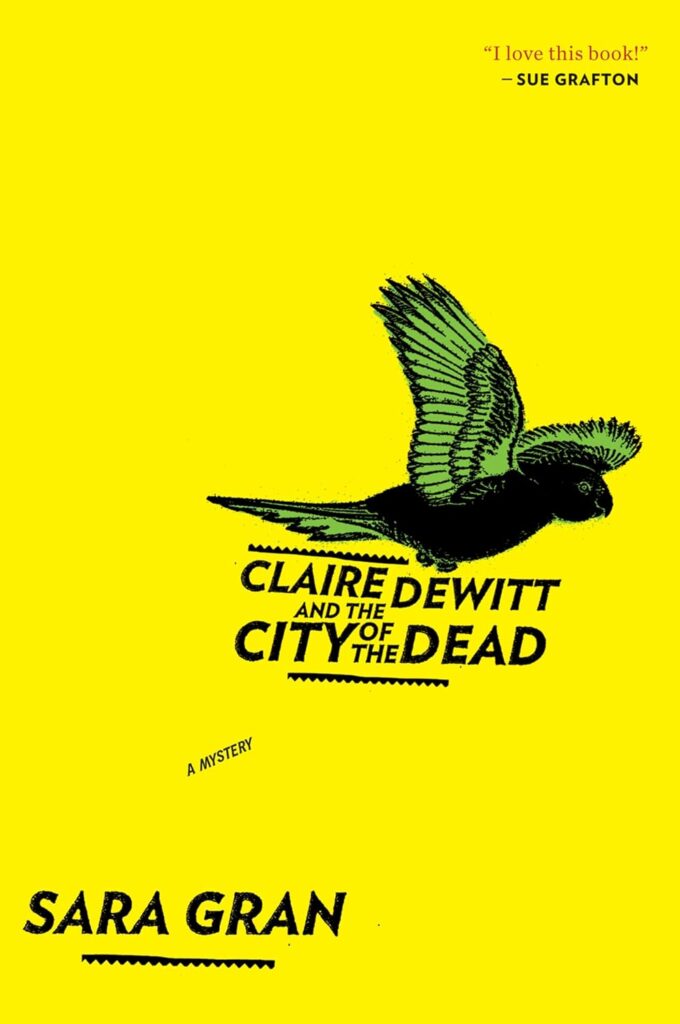
It is a truth universally acknowledged that a druggie detective enticed back to their old haunts must be in want of salvation. Meet Claire DeWitt, the best private investigator in the world. Of course, she took the top spot only by a process of elimination: her mentor is dead, and so is the writer of the Bible of detecting. From her early forays into detective work as a teenager in Brooklyn to her esoteric inspiration, the world-famous French detective Jacques Silette, Claire’s conception of investigative work is unusual (to say the least). Claire returns to New Orleans, ravaged by a hurricane, to solve the case of a missing district attorney. Peppered with bon mots from Silette and her dead mentor on the nature of truth, mystery and humanity, The City of the Dead has perfectly balanced the time shifts between Claire’s history with New Orleans and the present mystery. Her personal story is worked into the main plot without intruding upon the mystery.
The atmospheric setting is rife with decay and destruction. The hurricane is never mentioned by name as Hurricane Katrina and is spoken of only in allusions, like a bad dream. The characters are emotionally blunted and humorous. Claire’s running commentary is a thing of joy. So is her modus operandi: Claire leaves no stone unturned in pursuit of the truth and resorts to all kinds of legal and extra-legal actions–hallucinogens, I Ching, the 19th-century continental sciences of fingerprinting, occasional lies and untruths, palming drugs from her client–all in the service of her profession of course. It’s not all witty repartee and wacky hijinks either, and Grann portrays all her characters with equal compassion.
The No. 1 Ladies Detective Agency by Alexander McCall Smith (1998)
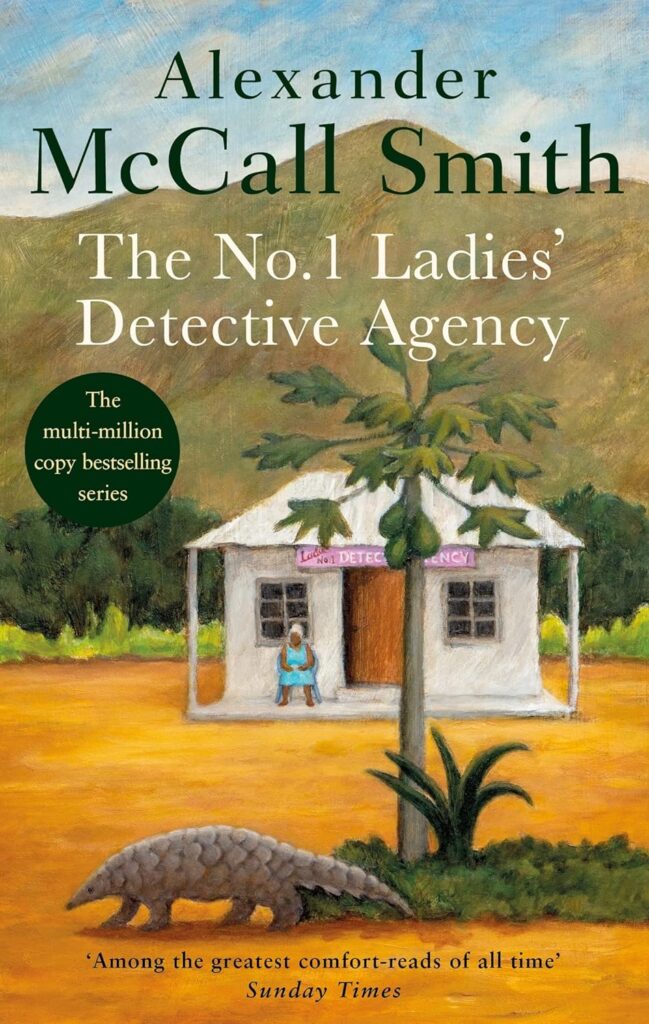
Precious Ramotswe (called Mma Ramotswe as a sign of respect) has just sold some heads of cattle and opened her detective agency, the first and possibly the only one of its kind, i.e., run by a woman. Her office is well located in the capital of Botswana. She has a secretary working for her and a steady stream of clients. Not so much a single mystery story as much as a narrative where each of the little cases adds to our understanding of the characters, The No. 1 Ladies Detective Agency is a short, wholesome novel. Mma Ramotswe is in her early middle age, a recent divorcee mourning the death of her child. She is equal parts cunning and intelligent and can gently coerce anyone into telling the truth with her stunning people-reading skills. In this first book of an ongoing series, the many cases that Mma Ramotswe must solve include a missing 11-year-old boy, tracking down missing husbands, and keeping an eye on wayward children who have a tendency to stray from their homes.
Smith weaves into the fabric of the story the history and culture of Botswana. The series is beloved for Mma Ramotswe’s wisdom rather than adventures and mysteries. Mma Ramotswe’s solutions for her cases are, nonetheless, extremely creative. The plot is chaotically structured and meanders like a bonfire night tale regaled to our nearest friends. Smith takes his readers far from the verbal barrage of cynical detectives to the unaggressively smart, sensible and approachable Mma Ramotswe. He describes the land with great care and takes time to flesh out each character–her father’s long years working in mines, her disastrous and heartbreaking marriage, and sweet offerings of kindness from her friends. In the world of The No. 1 Ladies Detective Agency, everything will fall into place in good time. There’s time enough for leisure and a nice cup of bush tea.
Bleeding Edge by Thomas Pynchon (2013)

Set in the near past of 2001, during the uneasy calm between the massive growth of the dot-com bubble and the terror attacks of 9/11, Bleeding Edge follows Maxine, ex-fraud investigator and mother of two. Maxine is only pseudo-legal; her actions are barely up to the city’s code of conduct. This leaves her free to abide by her own code–carry a beretta, fraternise with sleazy dirtbags, entertain dubious liaisons and indulge in some less-than-legal internet activities without feeling much guilt. In the early days of the internet, there was no shortage of swindlers looking to make a quick buck. Maxine accepts a new case and starts looking into some small property issues, which naturally is the first string that unravels a whole yarn of conspiracies, insider trading and money laundering, among other things.
As with all of Pynchon’s capers, Bleeding Edge is bursting with feverish ramblings, paranoiac characters, and paronomasia turned into high art. Bleeding Edge is not so much a whodunnit as it is Pynchon’s experimentation with the formal traditions of the genre. There is a never-ending string deus ex machinas, new plot points, all kinds of wild shenanigans, and, of course, Pynchon’s own trademark linguistic trickery.
Hard Time by Sara Paretsky (1999)
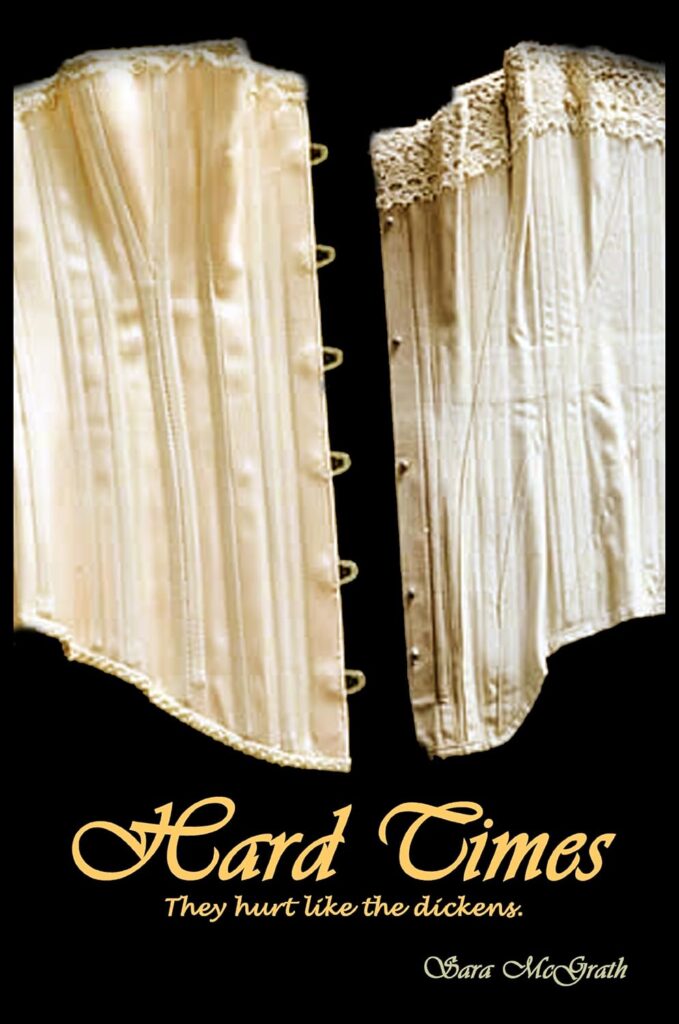
Victoria Iphigenia Warshawski, “Vic” to her friends, is one of the earliest PIs of contemporary feminist detective fiction. On her way home from a party, Vic swerves into a fire hydrant to avoid running over a dying woman passed out on the street. She drives her to the hospital, but the woman dies despite her efforts. The dead woman’s details tie her to a high-profile private security firm. Threatened with trumped-up charges of a hit and run, Vic gets sucked into dangerous intrigue, which drops her into a deadlock with America’s prison industrial complex. The case now threatens to expose high-level corruption at private prisons and other industries that have a vested interest in keeping their names ostensibly clean.
Hard Time is one of the best in the series. Vic is as smart, sweary and tenacious as ever, but her age is catching up with her bones. Add that to a violent prison stint with guards nursing vendettas against her, her own masochistic tendencies, mounting expenses, corrupt police planting drugs on her, and she just can’t shake off a beating like she used to. Five hundred rather uncomfortable pages fly by in an instant with insights into the prison system and the noxious links between big businesses and politics. In short, it’s a stomach-turning, sad, but compelling book.

